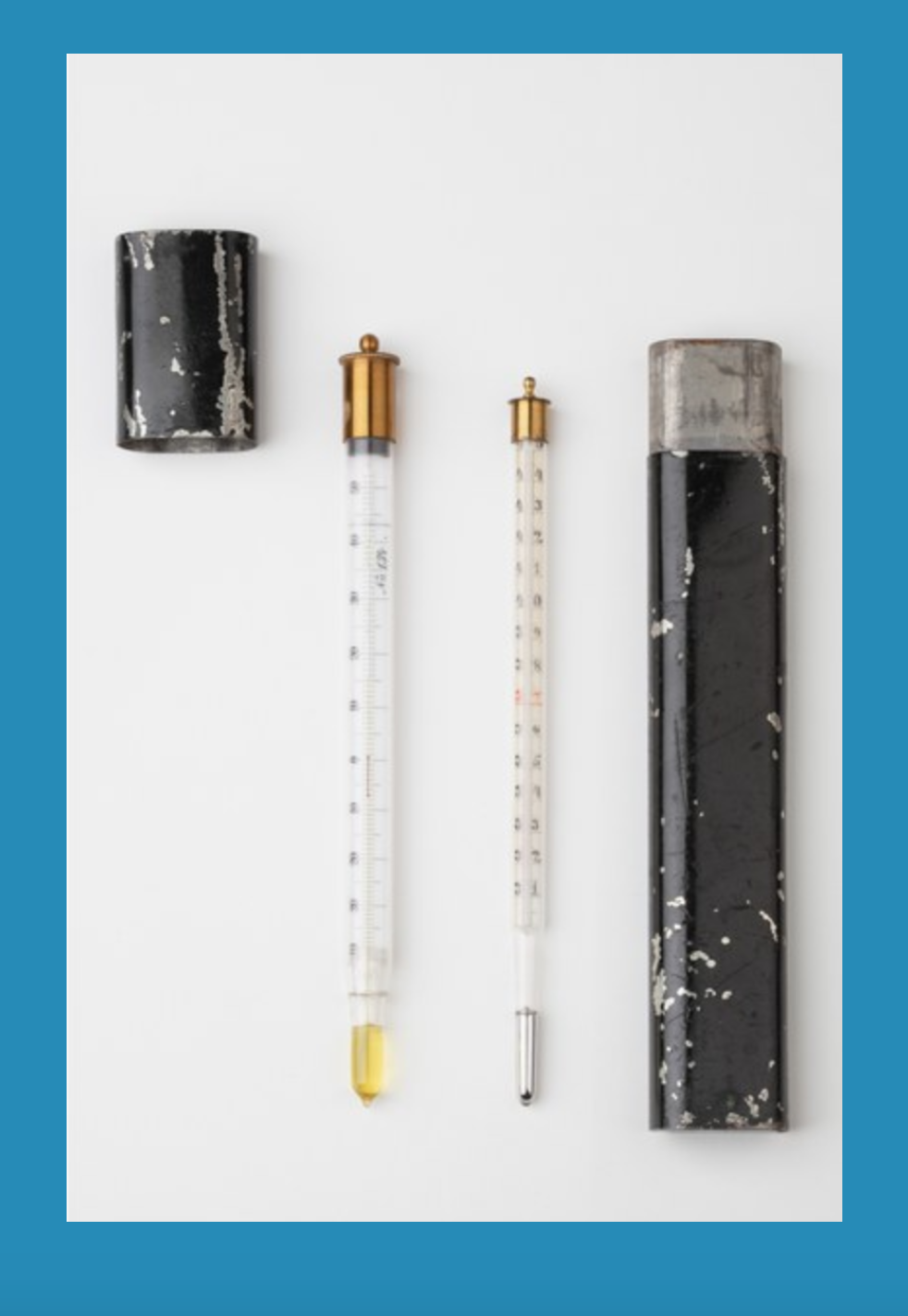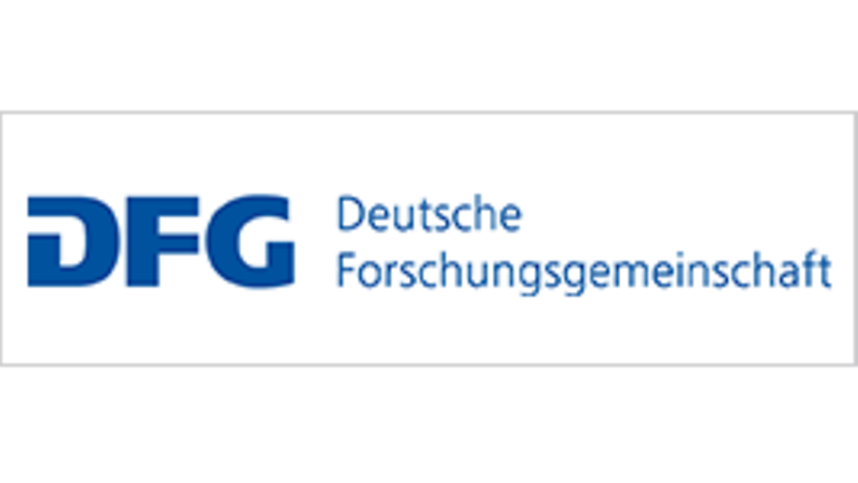Crossing the Boundaries. Nursing, Materiality and Anaesthetic Practice in Germany and Britain, 1846-1945
DOI:
https://doi.org/10.25974/enhe2019-4enSchlagworte:
19th Century, 20th Century, Anaesthesia, European History, Gender Studies, Material Culture Studies, Nurse Anaesthetists, Nursing HistoryAbstract
In Germany and Britain the administration of anaesthetics during surgery was, for a limited time, one of the operating-room nurse’s tasks. Yet, there were very significant differences between the British and the German cases – particularly in relation to the timing of the creation and dissolution of the role of “nurse anaesthetist”. In this paper, we argue that these differences can be interpreted from a gender-history perspective by examining both the written record and the material culture of anaesthesia in the late nineteenth and early twentieth centuries. Our analysis is grounded in some of the relevant literature surrounding the distinct trajectories of professional development in the two countries. We address the ethical issues at the heart of decision-making about whether nurses should administer anaesthesia. In doing so, we offer a particular focus on the role the objects used during anaesthesia played in supporting arguments for both the professionalisation and de-professionalisation of nurse anaesthetists. During the later twentieth century in both countries, one key competence of nursing, namely the holistic concept of monitoring the patients, was largely transferred to machines.Downloads
Veröffentlicht
2019-02-28
Ausgabe
Rubrik
Themed Section
Lizenz
Copyright (c) 2019 European Journal for Nursing History and Ethics

Dieses Werk steht unter der Lizenz Creative Commons Namensnennung - Keine Bearbeitungen 4.0 International.






